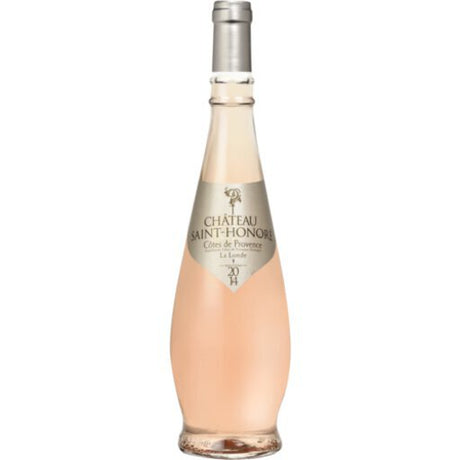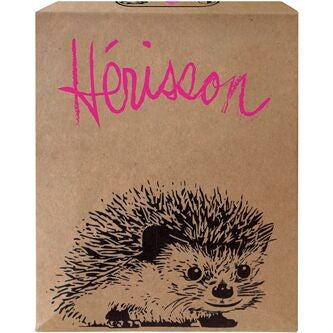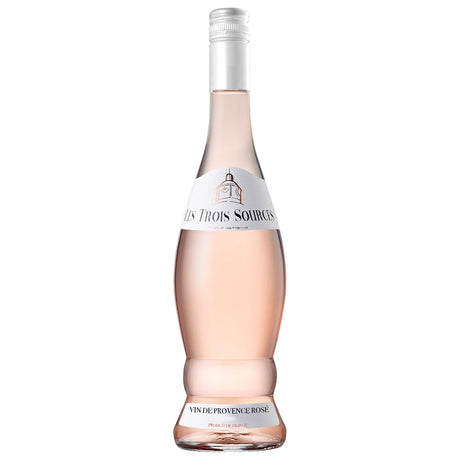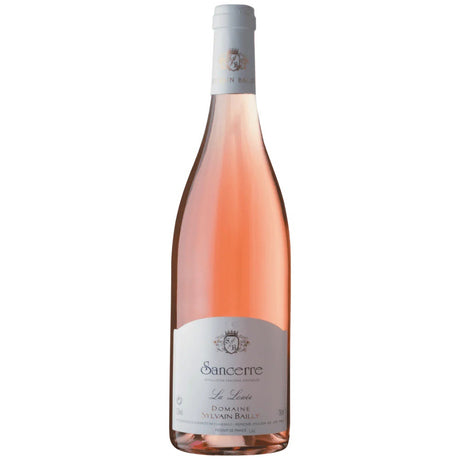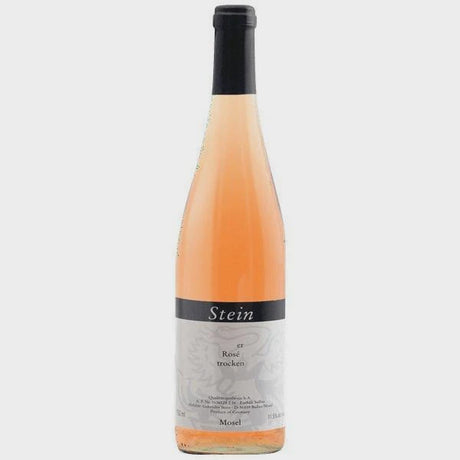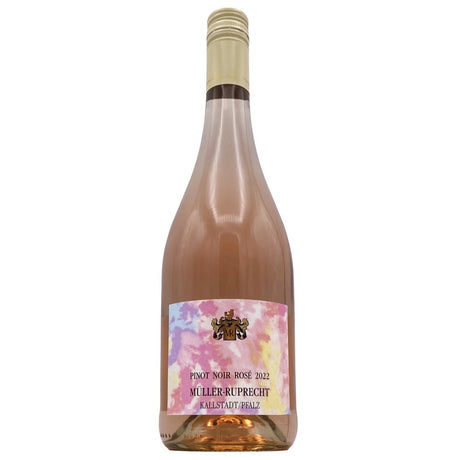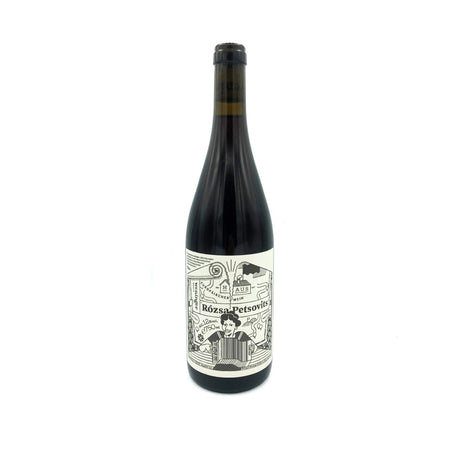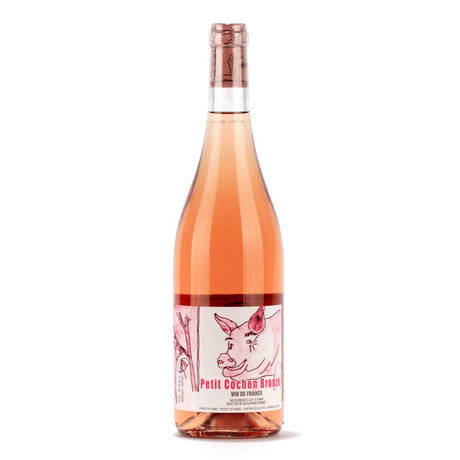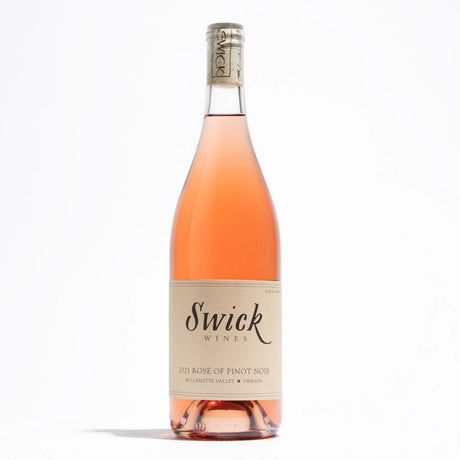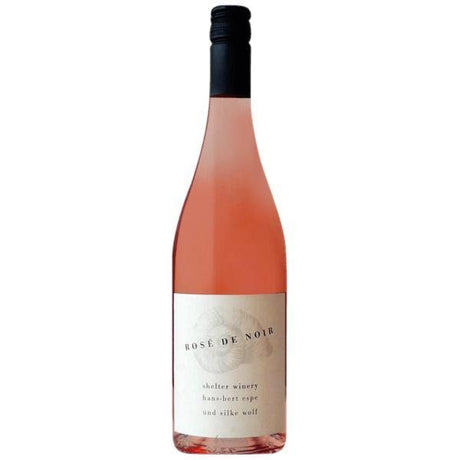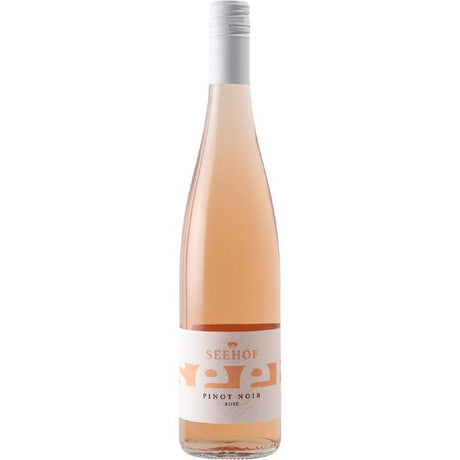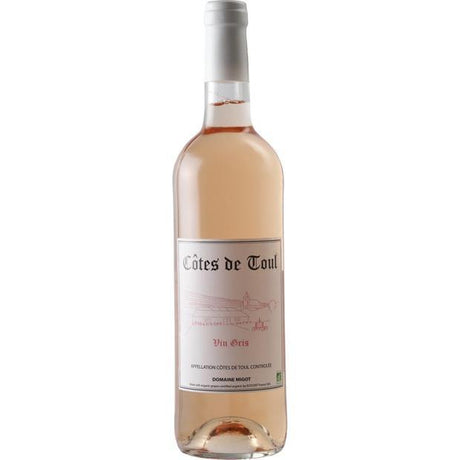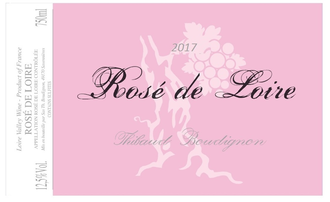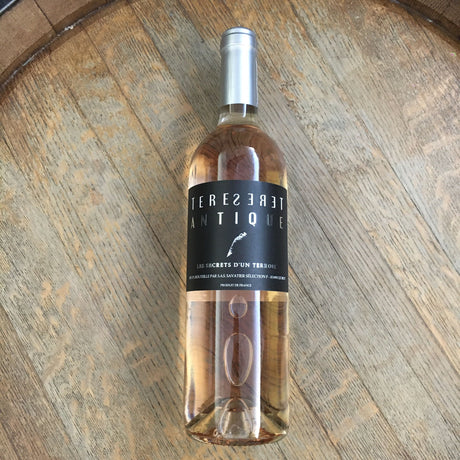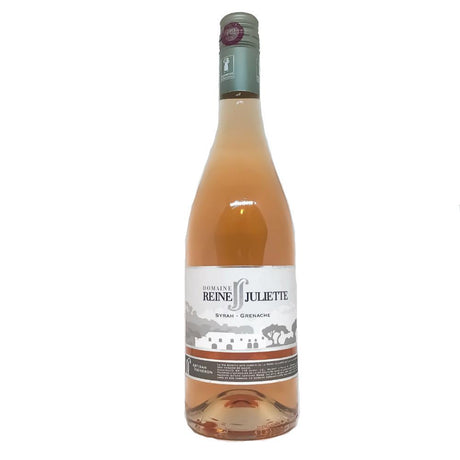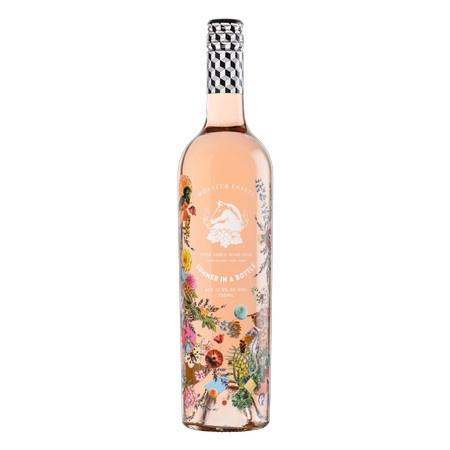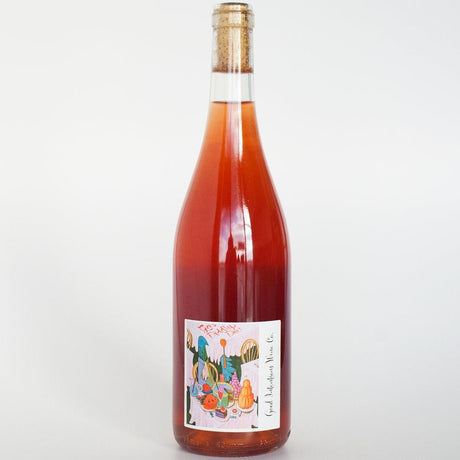NV Chateau Saint-Honore Cotes de Provence Rose
Regular price $19Unit price /UnavailableSpecial Order2024 Domaine Rimbert Le Petit Cochon Bronze Rose
Regular price $16Unit price /UnavailableNV Swick Wines Rose of Pinot Noir Willamette Valley
Regular price $24Unit price /Unavailable- Regular price $18Unit price /Unavailable
NV Thibaud Boudignon Rose de Loire
Regular price $25Unit price /UnavailableNV Teres Antique Vin de Pays de Mediterranee Les Secrets d'un Terroir Rose
Regular price $12Unit price /UnavailableNV Domaine Reine Juliette Syrah Grenache Rose
Regular price $13Unit price /UnavailableSpecial OrderNV Wolffer Estate Vineyard "Summer in a Bottle" Long Island Rose
Regular price $28Unit price /UnavailableSpecial OrderNV Good Intentions Wine Co "Gris Diddle Dee" Rose
Regular price $29Unit price /UnavailableSpecial Order

